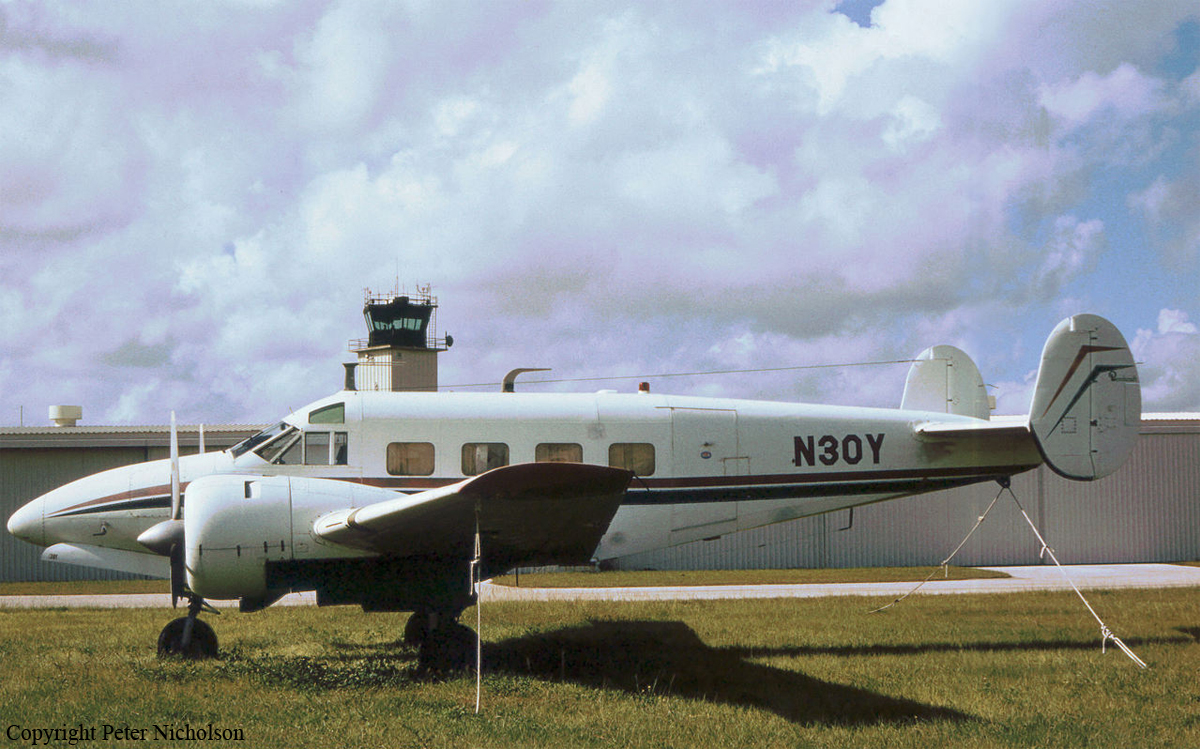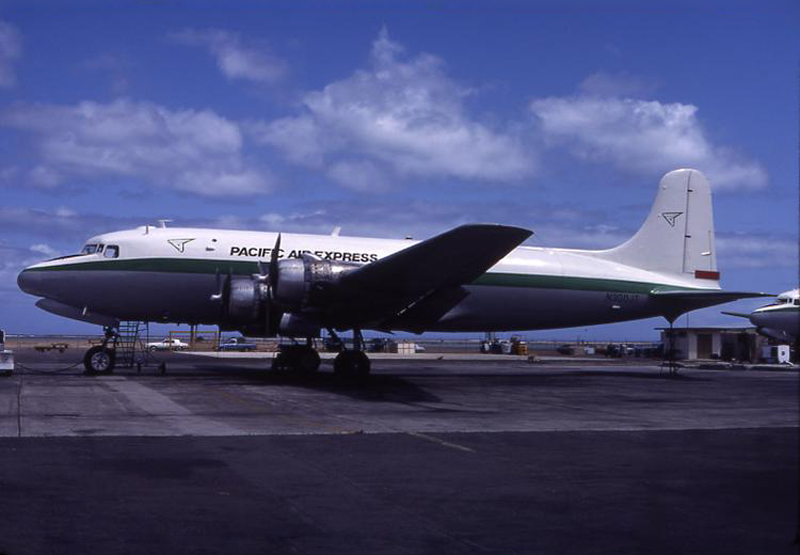Crash of a Beechcraft E18S in Kalaupapa
Date & Time:
Feb 13, 1986 at 0900 LT
Registration:
N30Y
Survivors:
Yes
Schedule:
Honolulu - Kalaupapa
MSN:
BA-93
YOM:
1955
Crew on board:
2
Crew fatalities:
Pax on board:
0
Pax fatalities:
Other fatalities:
Total fatalities:
0
Captain / Total hours on type:
775.00
Aircraft flight hours:
5589
Circumstances:
The aircraft crashed off the end of runway 23 during an attempted go-around after touchdown. The pilot stated that after the aircraft touched down approximately 300 feet down the 2,760 foot runway he raised the flaps along with the nose of the aircraft to slow down. Brakes were applied and the left main gear skidded 2/3 the way down the runway at which time full power was applied to go-around. The aircraft mushed off the end of the runway where it contacted a rock pile and was destroyed by impact and post crash fire. The pilot reported winds from 270° at 10 knots when the accident occurred.
Probable cause:
Occurrence #1: overrun
Phase of operation: landing
Findings
1. Weather condition - crosswind
2. (f) all available runway - not used - pilot in command
3. (f) planned approach - misjudged - pilot in command
4. (c) go-around - delayed - pilot in command
----------
Occurrence #2: loss of control - in flight
Phase of operation: go-around (vfr)
Findings
5. (c) airspeed (vmc) - not attained - pilot in command
6. (c) stall/mush - inadvertent - pilot in command
----------
Occurrence #3: in flight collision with terrain/water
Phase of operation: go-around (vfr)
Phase of operation: landing
Findings
1. Weather condition - crosswind
2. (f) all available runway - not used - pilot in command
3. (f) planned approach - misjudged - pilot in command
4. (c) go-around - delayed - pilot in command
----------
Occurrence #2: loss of control - in flight
Phase of operation: go-around (vfr)
Findings
5. (c) airspeed (vmc) - not attained - pilot in command
6. (c) stall/mush - inadvertent - pilot in command
----------
Occurrence #3: in flight collision with terrain/water
Phase of operation: go-around (vfr)
Final Report:


